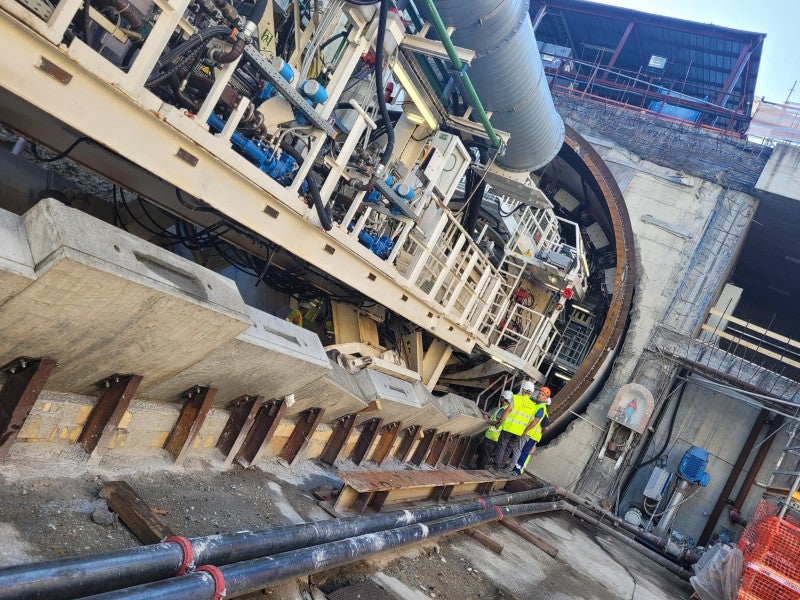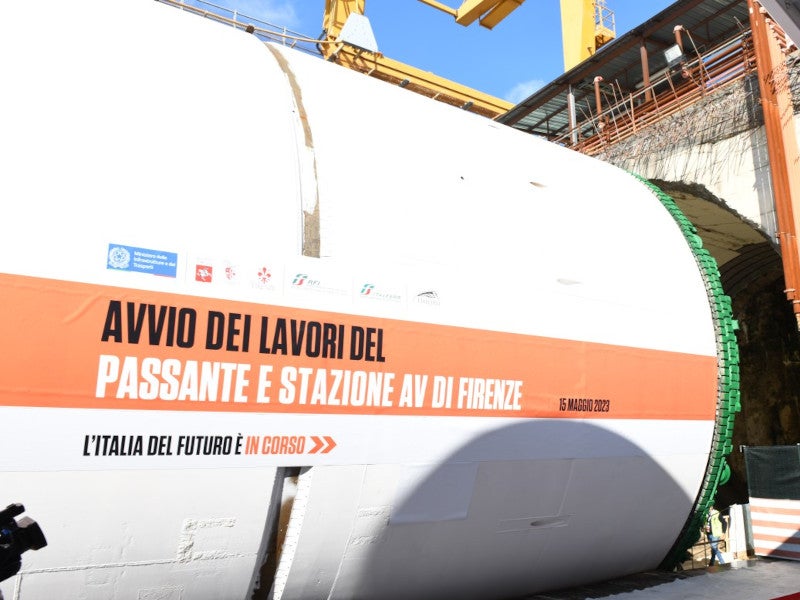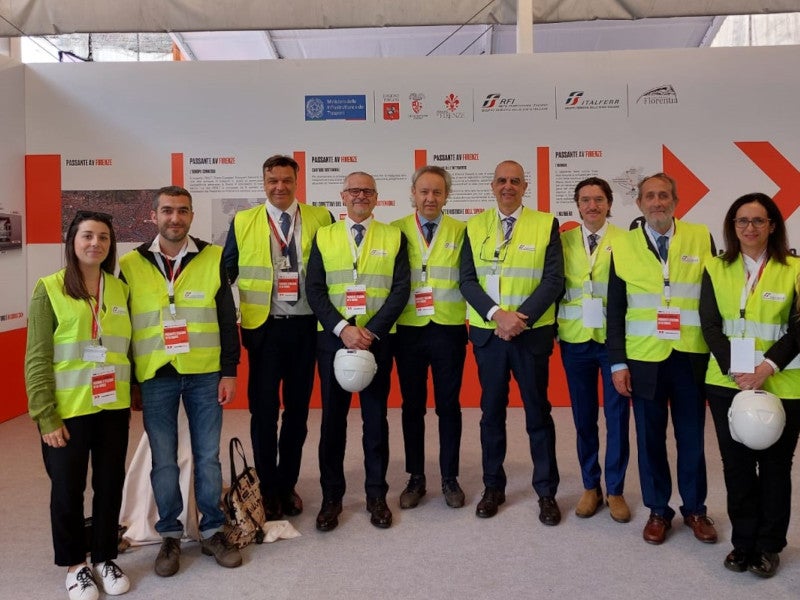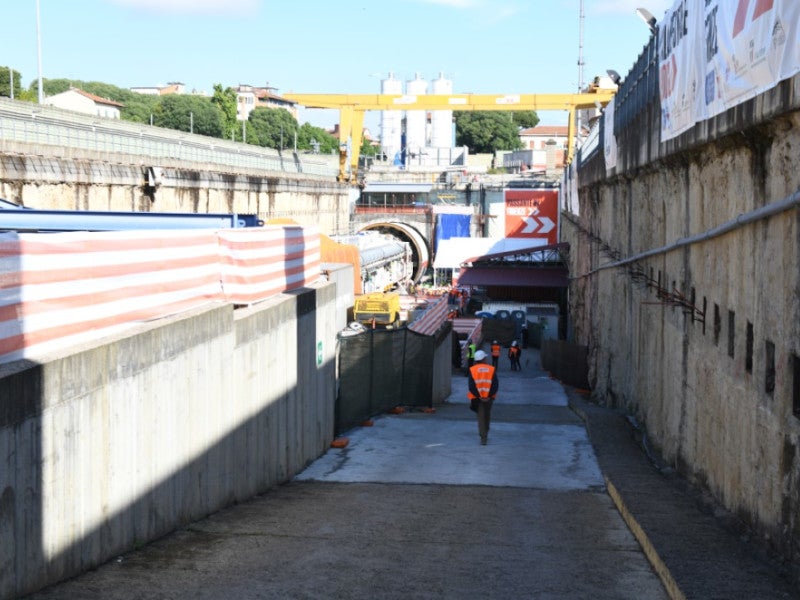The Florence high-speed (HS) or high-capacity (HC) rail bypass project involves the construction of a 7km underground connection and a new station at Florence Belfiore in Florence, Italy. It is a significant project aimed at improving connectivity and traffic flow.
Rete Ferroviaria Italiana (RFI), part of the Italian state railway holding company Ferrovie dello Stato Italiane (FS Italiane), is developing the project with an estimated investment of €2.73bn ($2.9bn). Construction on the project commenced in May 2023 and is scheduled to be completed in 2028.
The Florence HS rail bypass will increase surface line capacity by removing high-speed trains from the ground-level network. It will enable high-speed, regional and freight trains to flow separately, thereby increasing the regularity of the trains. It will also improve local and metropolitan mobility and boost economic activity and tourism in the region.
Florence high-speed bypass project details
The new Florence HS railway link includes the construction of an underground railway connection and a new Firenze Belfiore station, which will become part of Italy’s high-speed rail network that spans more than 1,000km.
The bypass runs for about 7km underground with two parallel tunnels at a depth of 20m, which will be connected by safety by-passes every 500m. In addition, two above-ground terminal sections between the Firenze Castello and Firenze Rifredi stations and the Firenze Campo di Marte station to the south will be developed.
Florence Belfiore station details
The new Firenze Belfiore station will be built along the underground line, 1km from the existing Firenze Santa Maria Novella central station. It will measure 450m x 50m and will be partially underground and partially elevated.
The station will span an area of 47,000m² and consist of four floors including the train access level comprising the railway platforms, a mezzanine floor for the circulation of passengers, a ground floor and a first floor. The two lower floors of the station will be underground, while the first floor will be located within the roofing. Escalators and inclined conveyors will provide connectivity with the lower levels of the station.
The station will be enclosed by a 450m-long, 18m-high steel and glass roof capping featuring a cylindrical steel diagonal structure. The roof structure creates open areas with large plan gaps that allow natural light to reach the platform level. It provides a more energy-efficient way of controlling the temperature by drawing warm air out through permanent vents. The roof will include photovoltaic panels to generate electricity.
The station will have a capacity of 40,000 passengers a day. It will be accessible via a number of modes of transportation including a new people-mover, Line 2 of the existing streetcar system and city buses. It will serve as the backbone of the country’s high-speed rail system and a mass transit hub for new train routes.
Construction details
The construction work includes the excavation of 7km of tunnels between the Firenze Campo di Marte station and the Viale XI Agosto area.
The tunnels will be excavated with mechanised methods using earth pressure balance tunnel boring machines (EPB TBMs) with a 9.5m diameter.
The excavation will produce 1.67 million m³ of excavated materials, of which 1.35 million m³ will be delivered to the Santa Barbara mining area for sustainable reuse.
Contractors involved
The construction division of FS Italiane is responsible for the execution of the project, while its engineering division Italferr is in charge of the project management.
The contract to build the high-speed rail bypass and station, worth more than €1bn ($1.06bn), was won by a consortium of Impresa Pizzarotti and Saipem in March 2023. Impresa Pizzarotti is a construction management and general contracting company, while Saipem is an engineering, procurement and construction contractor.
The project will leverage the Pizzarotti monitoring system, an artificial intelligence platform, for monitoring construction sites, infrastructure and smart buildings. The platform was developed under a partnership between Pizzarotti and SECO, a technology company based in Italy.
The new Firenze Belfiore station is designed by Foster + Partners, an architecture firm based in the UK, and engineered by Arup, an independent company of designers, planners, engineers and technical specialists.
Lancietti Passaleva Giordo and Associates was the collaborating architect for the station, while Davis Langdon and Schumann Smith were its quantity surveyors and Claude Engle was the lightning engineer.
ETA-Florence Renewable Energies, a consulting firm, provided the executive project design for the integrated photovoltaic system of the station.











